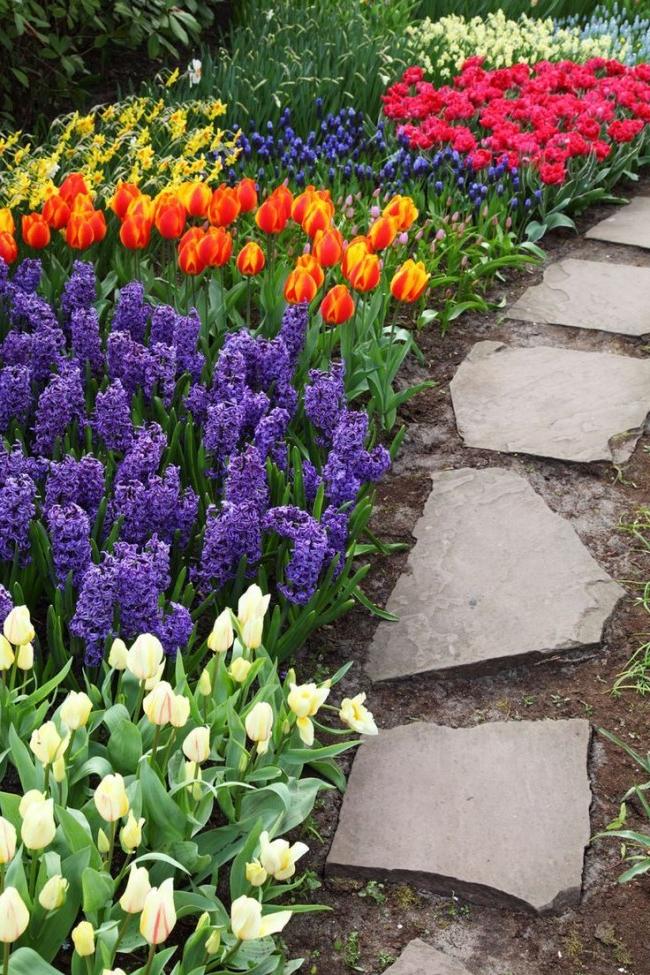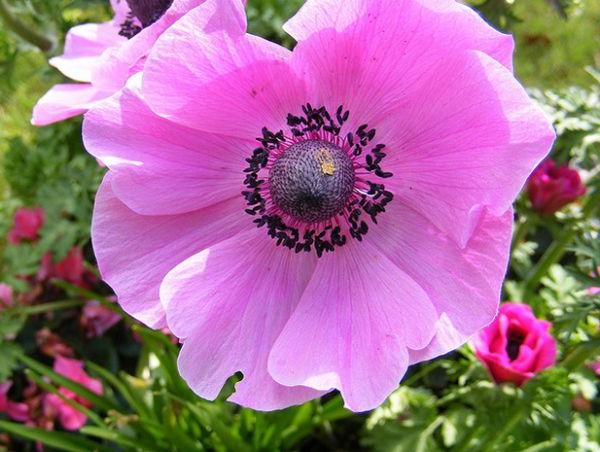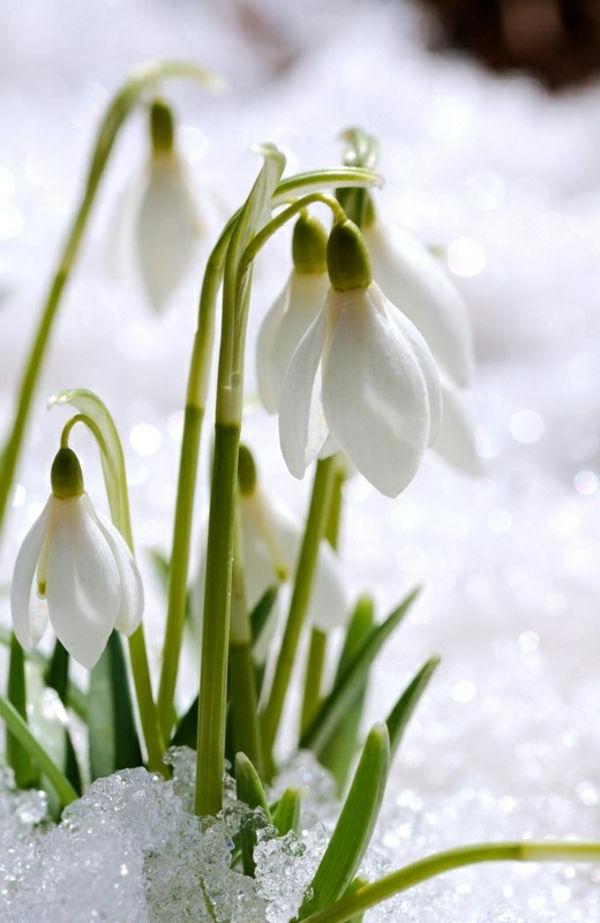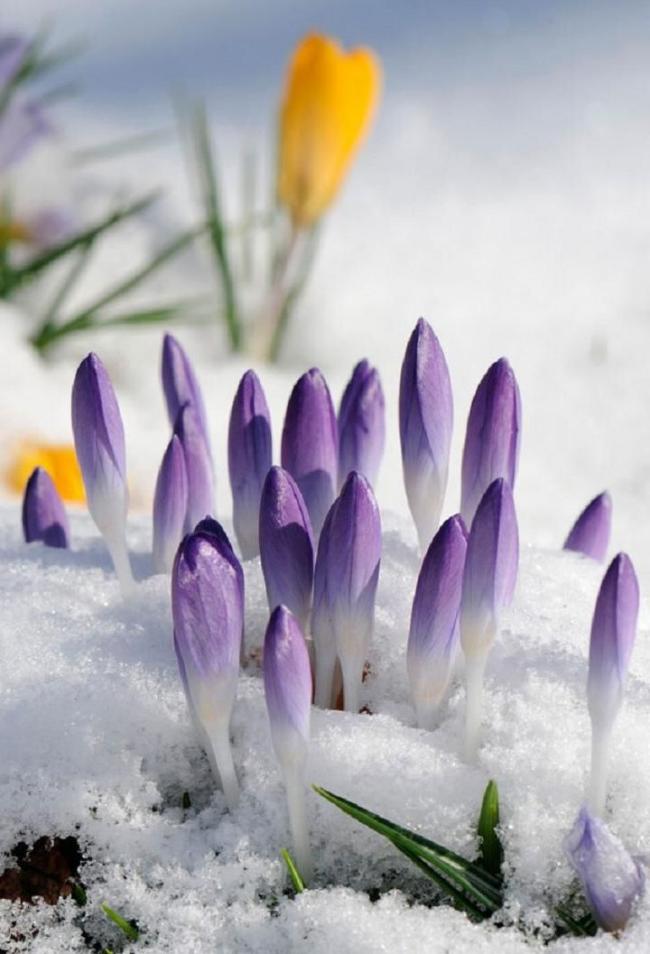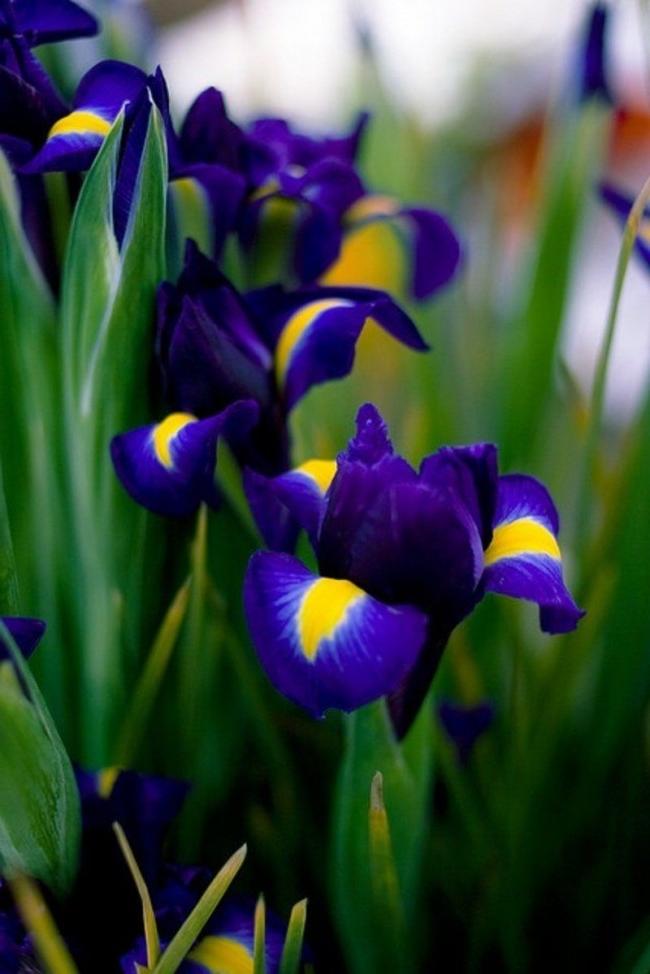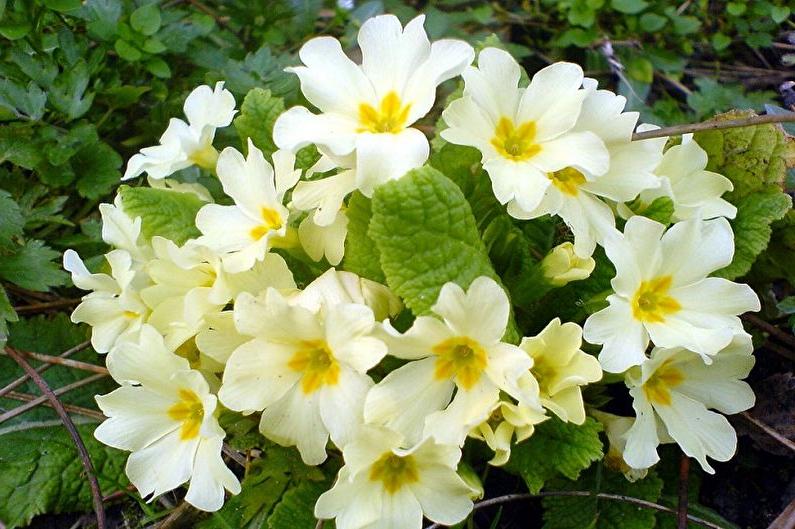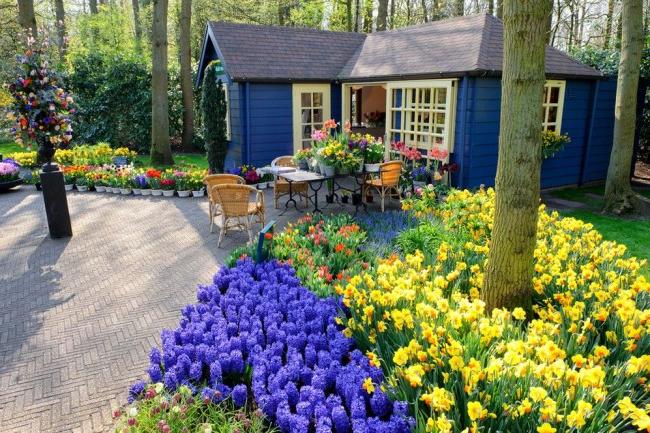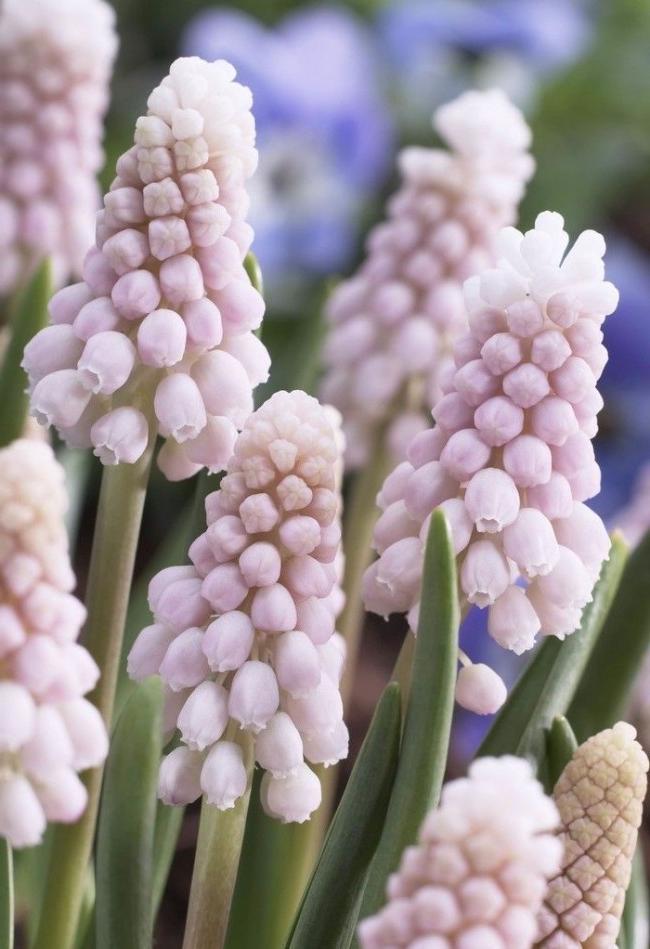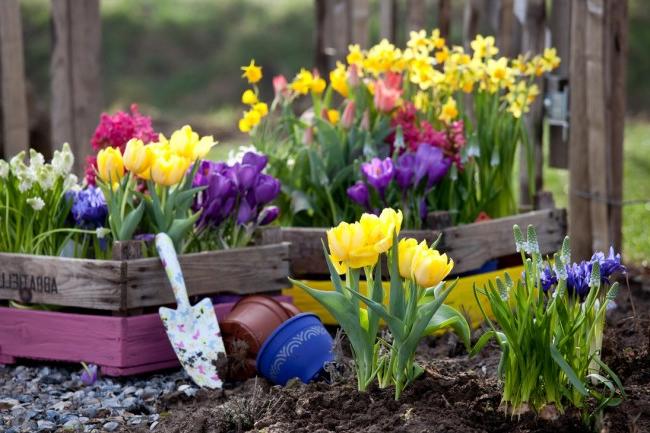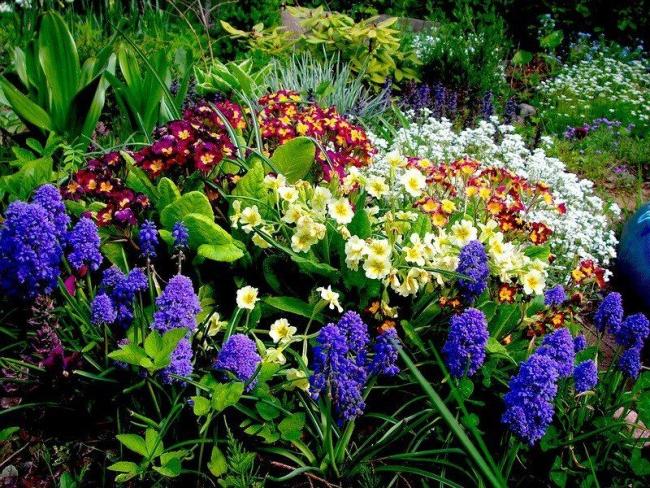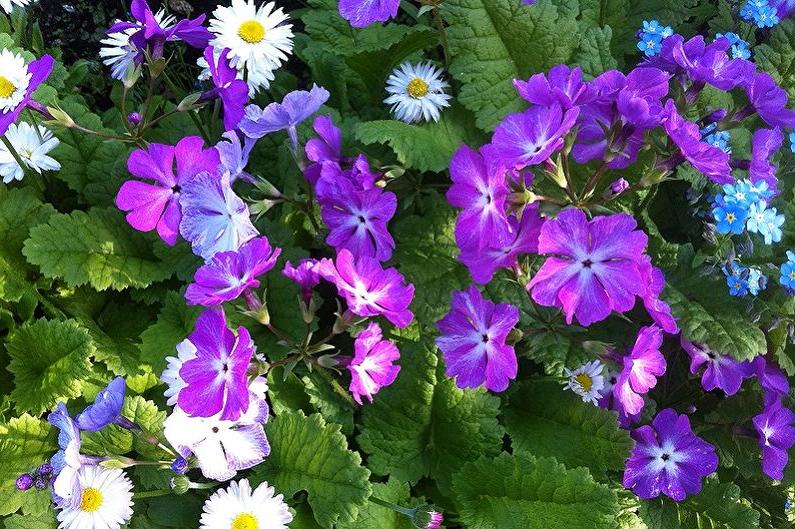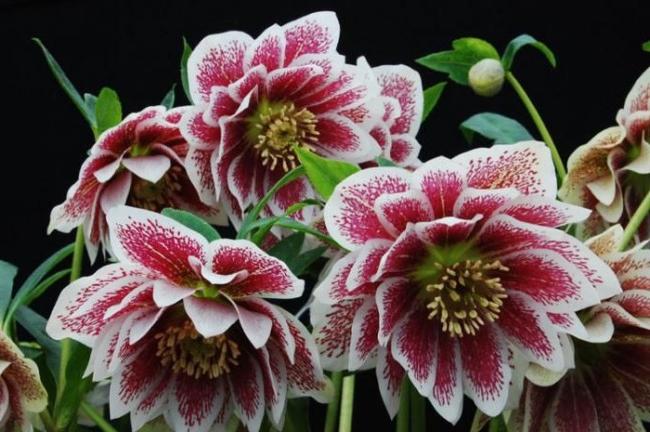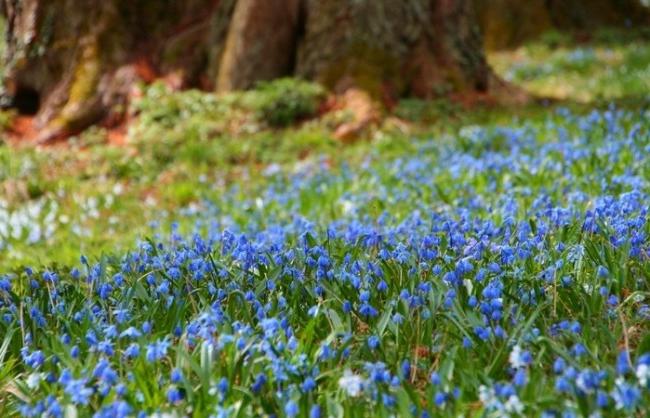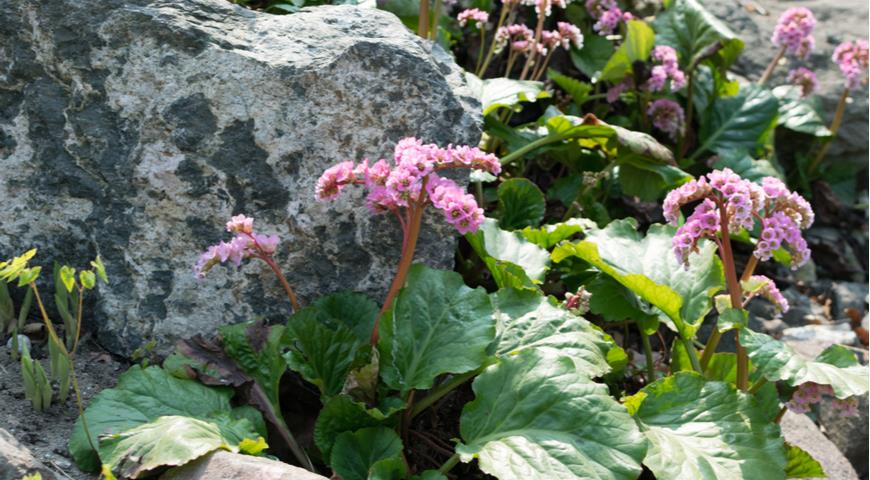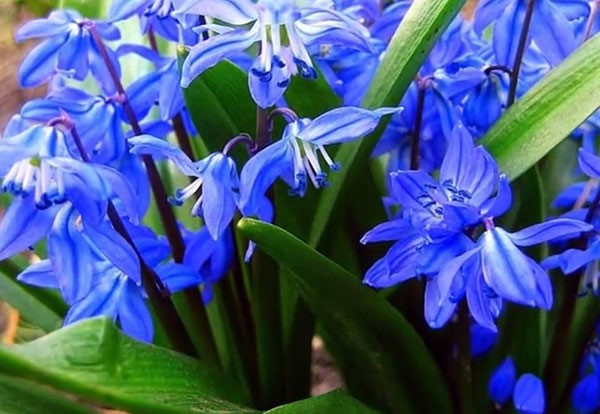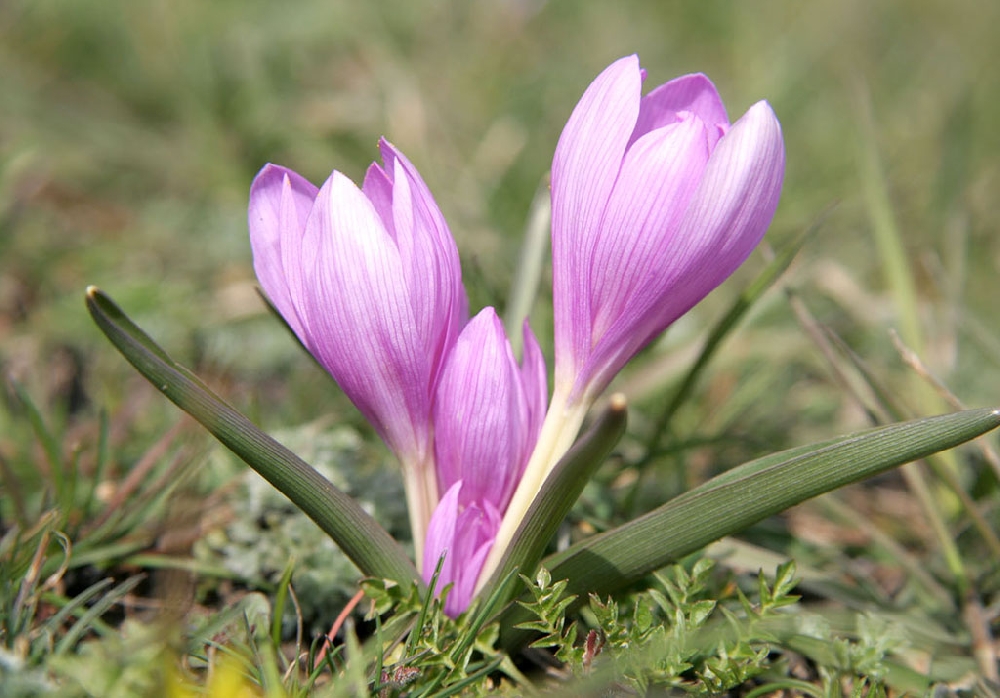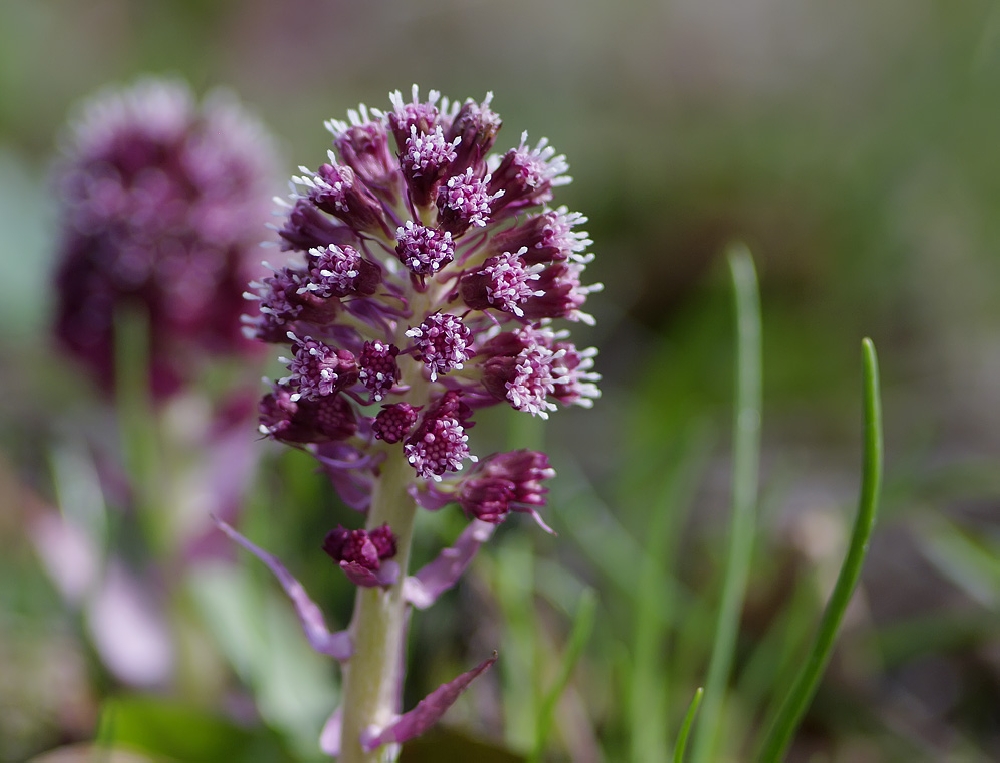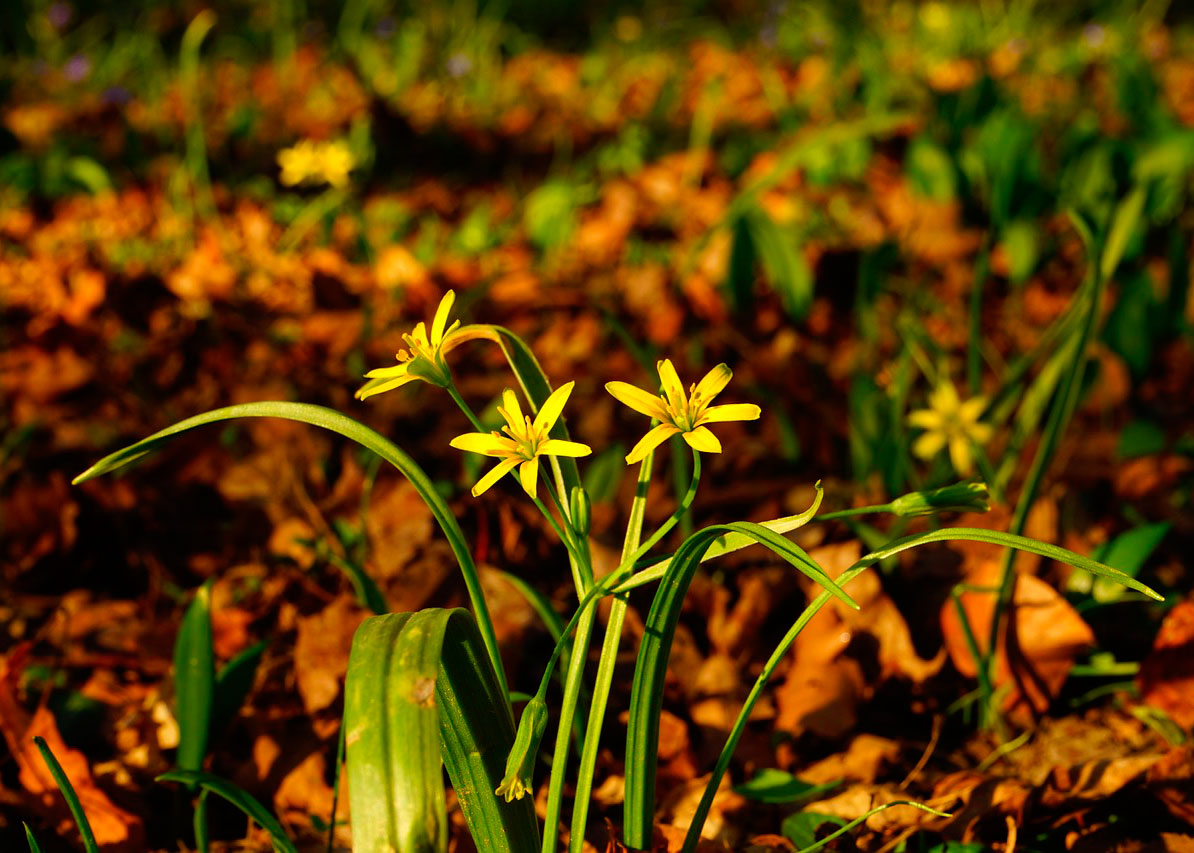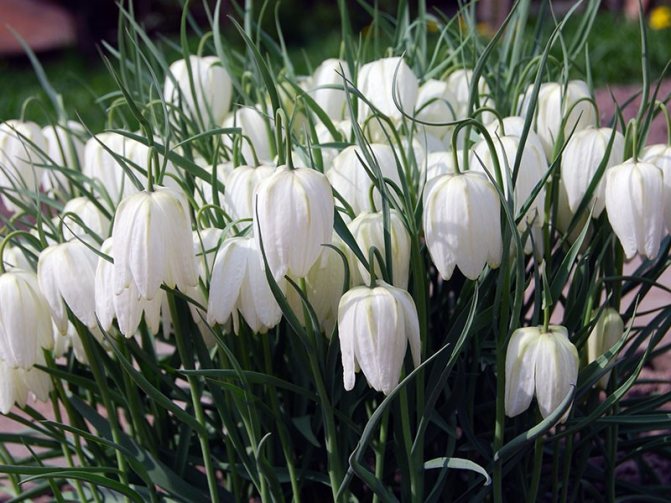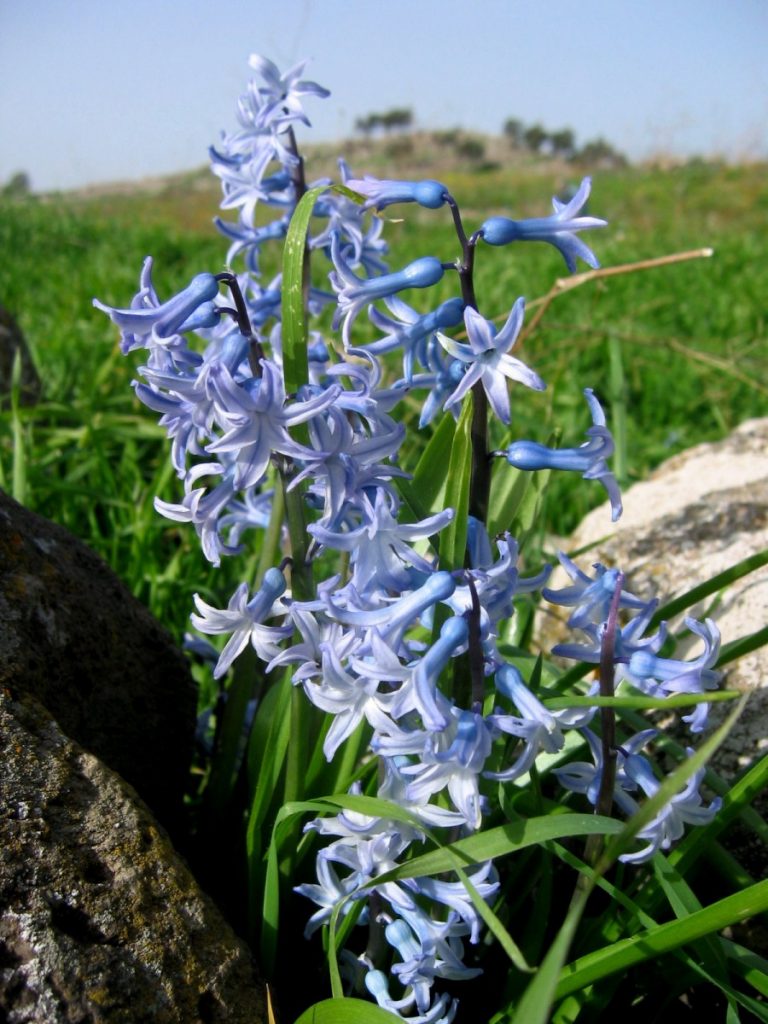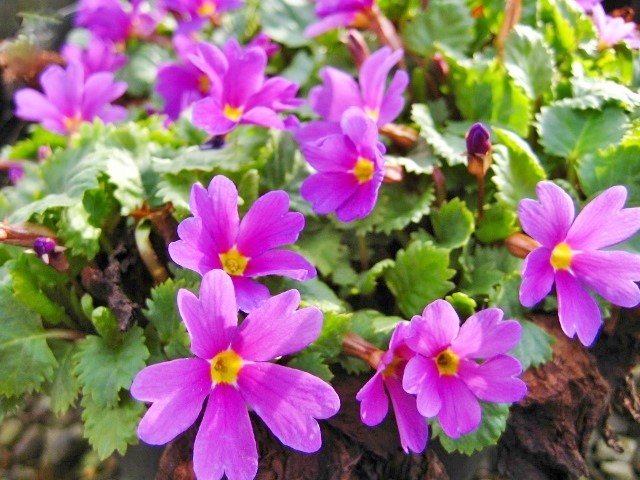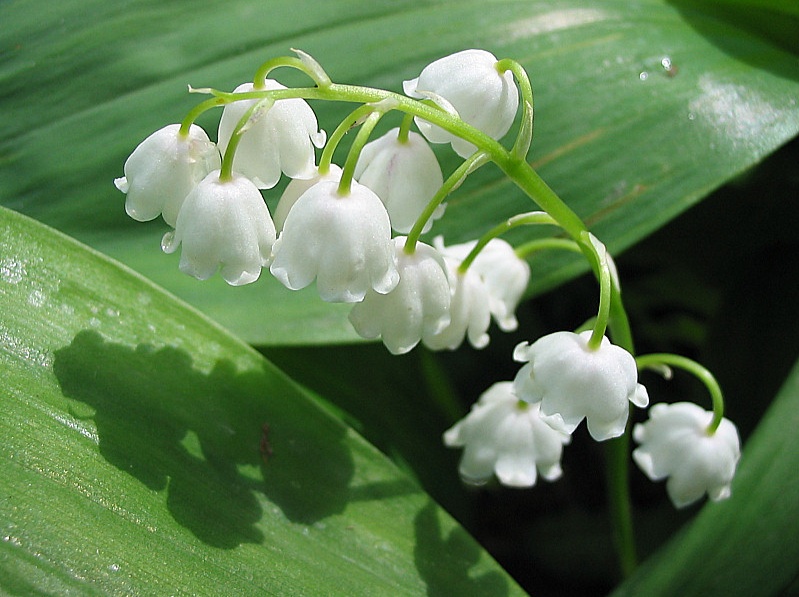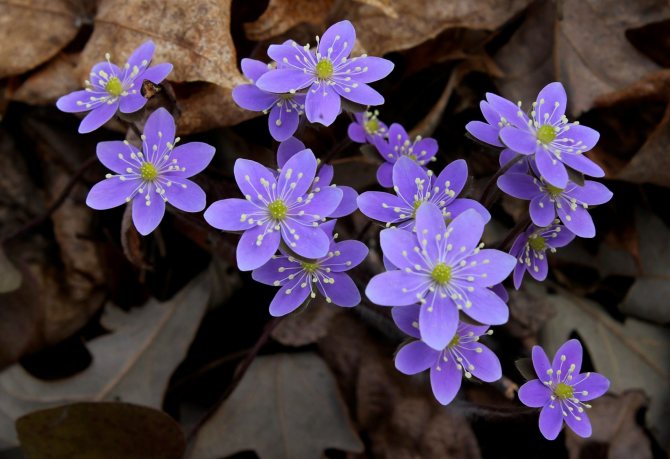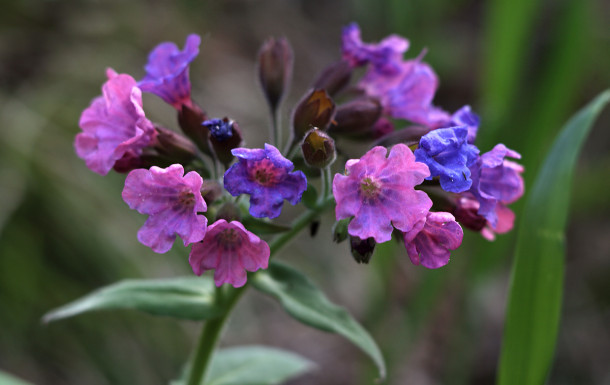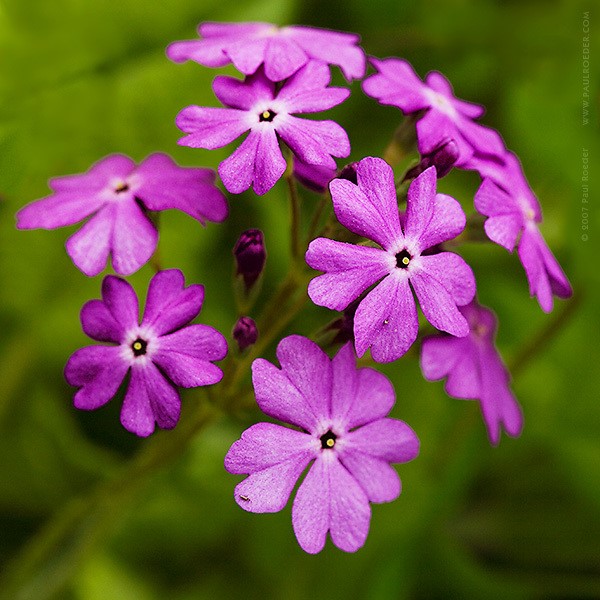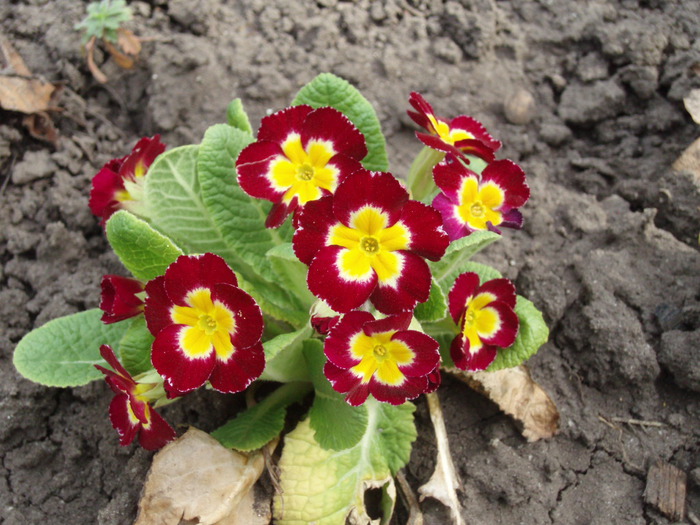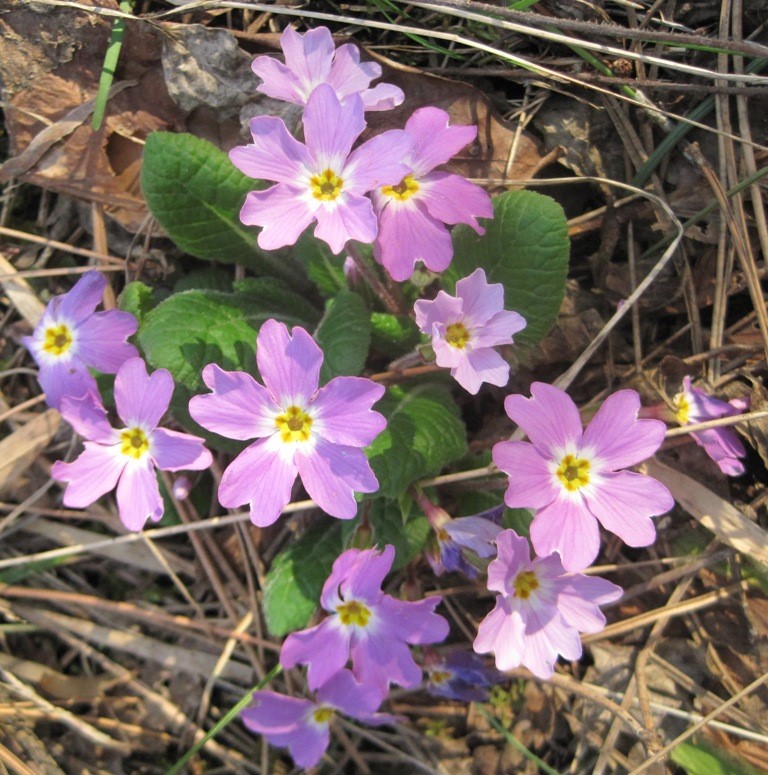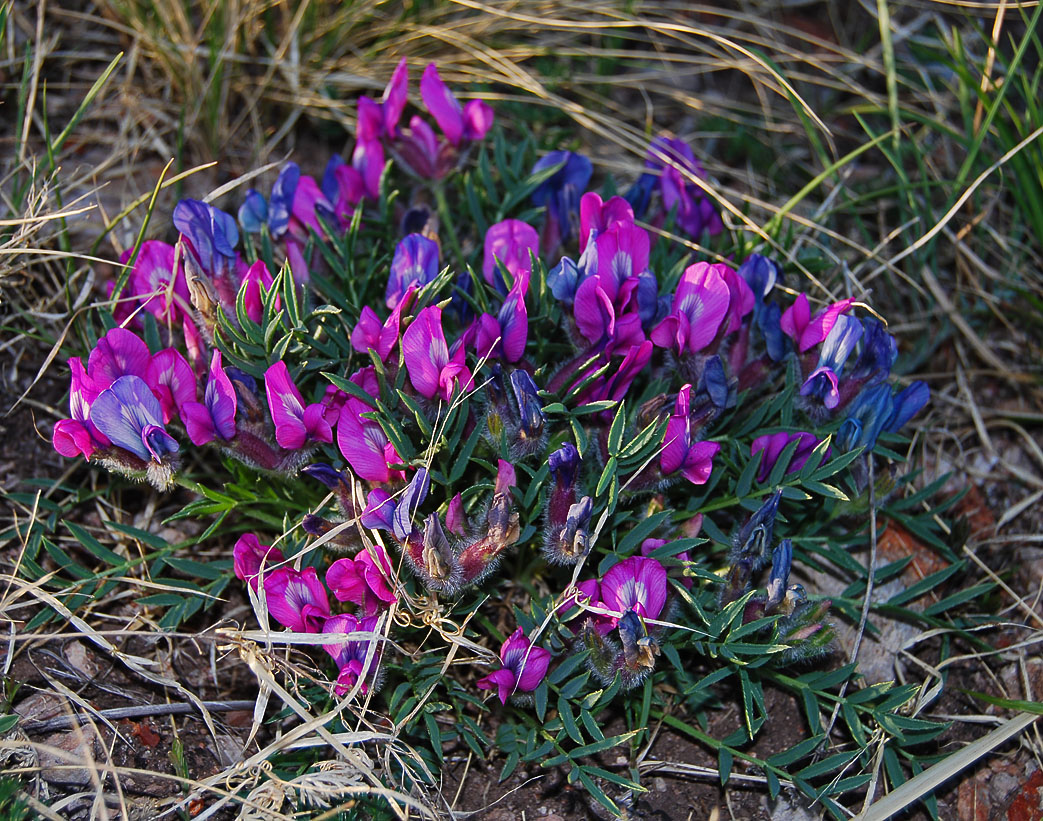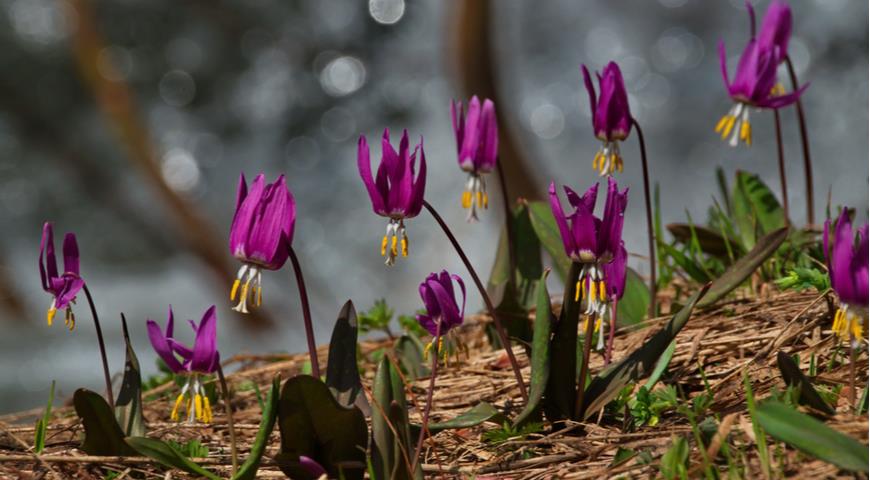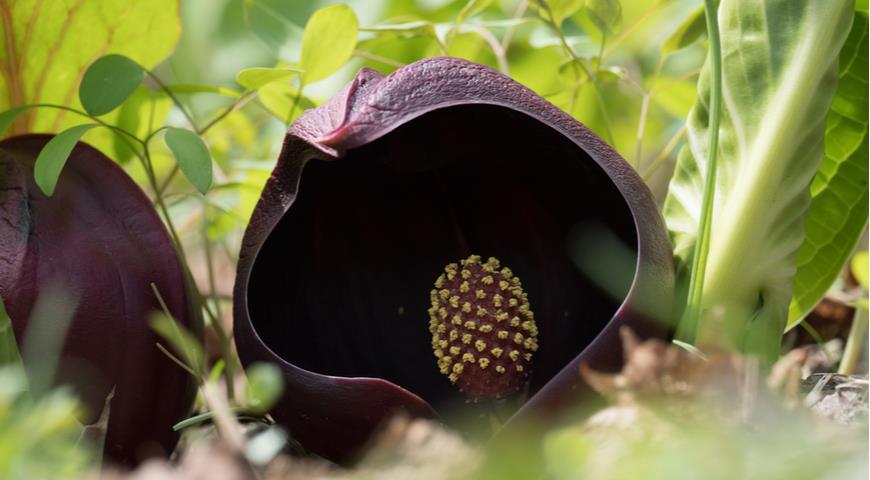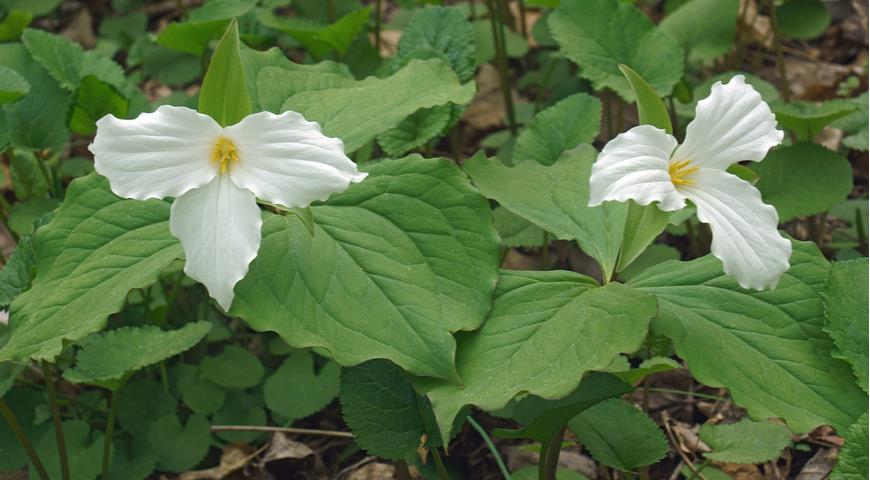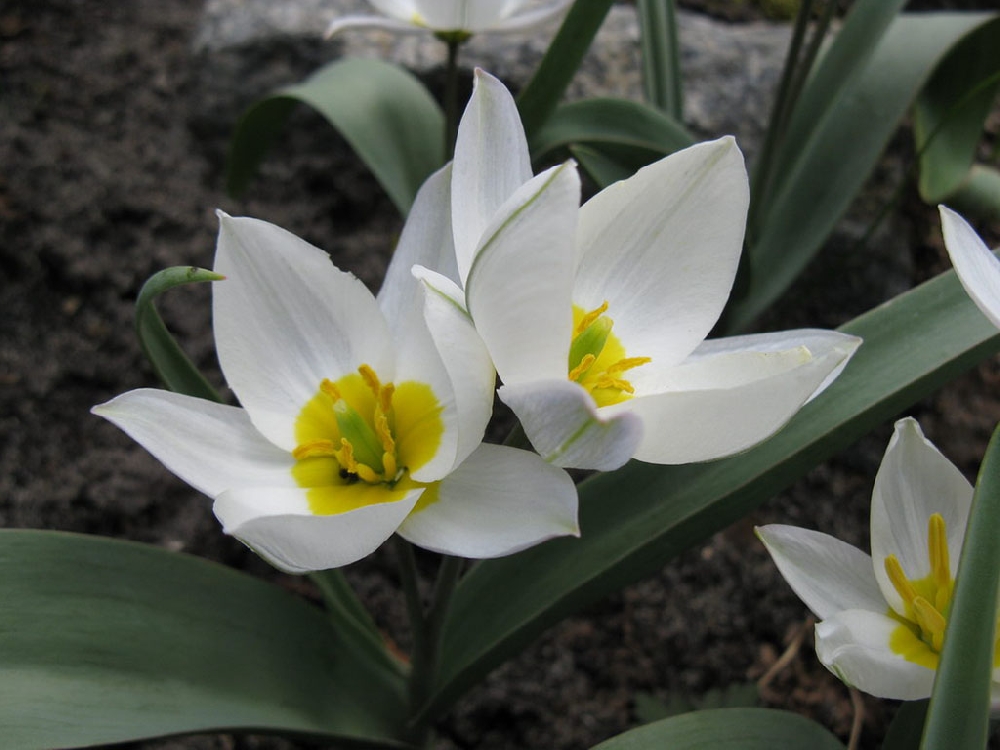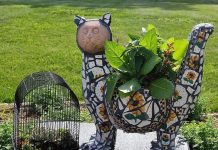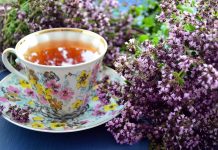Spring is such a magical time of year, the days are getting longer, the nights are shorter and slowly but surely its getting warmer. This also gives you the chance to get back into your garden that has laid dormant for months but planting new seeds or plants can take time and often means you have to wait until full summer to plant them. However there is a solution.
Spring primroses and other spring flowers are early blooming plants that can be planted in autumn where they lay dormant until the spring when they burst through the ground and bathe your garden in a riot of colour to celebrate spring. They can do this because they are herbaceous perennials. What on earth does that mean? Well I’ll tell you.
Spring Primroses and Other Spring Flowering Plants
Perennials are plants that can live for many years since they hibernate underground during the winter and bloom in spring. This is due to their root systems; which are usually, rhizomes, tubers or bulbs that hide underground and wait for spring to make their way out of the earth. An herbaceous plant is simply those without a woody stem growing above ground.
The difference between primulas and primroses are often confused but its quite simple really, all primroses are primulas. Primula is the botanical name for dozens of different plants that grow across Europe including all forms of primroses know by the Latin term primula vulgaris. This hardy species can survive for years on end and delight you with their beautiful blooms with minimal effort on your part.
So if you’re keen on being surprised with some stunning flowers next spring here are:
1. Alley of Bright Spring Flowers
This beautiful alley of spring flowers including primroses, tulips and irises are the perfect way to line a pathway that will come to life in the springtime. By using a combination of different flowers in a variety of heights, shapes and colours creates a layered tapestry of colour and texture that makes your garden a stunning place to spend time in.
2. Anemone
Anemones are a poppy like flower whose name means wind flower. There are many different species of anemones that bloom from spring to autumn and are mainly found in temperate zones world wide especially North America. These blooms come in many vibrant colours including red, white, pink, yellow and purple and in both tall and short varieties. They spread easily and can be invasive so be careful and plant them strategically.
3. Snowdrop
Snowdrops are a distinctive bell shaped flower that can withstand snowy winters and bloom through the last season frost, hence the name. They grow from small bulbs that can be planted in the autumn. Planting these strategically on the edge of your property will keep your garden pest free and your flowers safe because wild animals won’t eat them. These clever plants multiply with offsets which are new bulbs that grow off the original bulb, once the plant has flowered and just a few leaves remain (usually in the autumn) you can dig up the cluster of bulbs, separate them and replant them so next year you will have even more beautiful flowers popping up through the snow.
4. Crocus
Crocuses are a member of the iris family that are perennials so they grow through all seasons. These hardy little plants are strong enough to grow through the frosty earth right at the beginning of spring and litter the ground is bright colours. Crocuses come in every colour you can think of so you can tailor your garden’s colour scheme to your exact specifications. They grow from corms instead of bulbs, which are round underground storage organs that reproduce by naturalizing which means they spread on their own so you can get more bang for your buck season after season
5. Iris
Irises are a genus of up to 300 different species named after the Greek word for rainbow because of how many colours this gorgeous flower comes in. They are perennial plants that are easy to cultivate and grow from a bulb or creeping rhizome, which is a root that grows horizontally beneath the ground and grow shoots up vertically through the earth. Due to their beautiful colour and early they make a big impact when they bloom in spring. Each flower is made up of six petals, three hanging outside called falls and three in the centre called standards thatgives the flower its distinctive appearance.
6. Winter Aconite
Winter aconite is a perennial plant that is part of the buttercup family that is native to woodlands across Europe. They grow from tubers rather than bulbs, which store food and moisture underground when it hibernates during the winter. The bright yellow flowers come out just before the crocus in spring since they are hardy enough to grow through snow or frost. These are best planted in late autumn so that they are ready to bloom in spring.
7. Common Primrose
The common primrose is a perennial primula often found in woods and hedgerows. flowers from spring through to autumn. Unlike a lot of spring blooming perennials primroses are grown from seeds rather than bulbs but luckily they are also self seeding, which means your primroses will keep themselves flourishing with very little effort on your part. The plant is also completely edible from the flowers themselves, which are sweet to the young leaves that are ideal in salads. On top of that primroses also have a lot of medical uses as the roots are a common ingredient in cough syrup, arthritis treatments and in creams to treat eczema.
8. Overflowing Flowerbeds
The most welcoming way to lead guests down to the cottage at the bottom of the garden is with beds overflowing with different flowers. The wide flowerbeds are split into demarcated zones of different coloured spring flowers to contrast against one another when spring finally arrives. The bright colour of the garden bleeds onto the cottage, rendered in a bright blue, that and makes this end of the garden a riot of colour.
9. Muscari
Muscari, also known as grape hyacinths, are perennials made up of dense spiked leaves with urn shaped flowers that resemble bundles of grapes. These beautiful clustered flowers are grown from a bulb and multiply easily, returning year after year to grace your garden with their presence. They are very hardy and frost tolerant, perfect for those areas with more frosty springs. They are commonly found in cobalt blue with a Japanese variety that are soft pink.
10. Layered Planter Beds
If you have a limited garden space or want to create layers of colour and texture within your garden design. Here we have garden beds combined with upcycled planter boxes, which can be simply DIYed at home by staining them different colours to suit your preferences. If you want your boxes to be overflowing in spring you can plant them with brightly coloured bulbs like daffodils and tulips. This layered look is even more effective if you utilize plants of different heights and colours to contrast and conflict with one another beautifully.
11. Creating a Mosaic of Colour
This garden shows how simple it is to create a mosaic of colour in your garden using the same type of flower, in this case primroses, in different shades planted in amongst one another. Using one flower in many forms creates cohesive clusters of different colours across the beds to stunning effect. The clusters are ringed by taller purple flowers that form a natural boundary around the primroses to show them at their greatest advantage.
12. Polyanthus Primrose
Polyanthus primroses are a type of primula, like common primroses, that are perennial and grown from bulbs. These plants flower in spring and have a long flowering season that continues through to autumn. The multi coloured flowers are carried on long stalks with large serrated leaves. Perfect for the beginner gardener, polyanthus primroses require very little maintenance, as they are very hardy and resistant to the elements.
13. Round Headed Himalayan Primrose
Also known by their Latin name primula capitata, Himalayan primroses are perennial plants native to Tibet. They grow easily in poorly drained soil and bloom from late spring to early autumn ideally in light shade in regions with cooler summers. The cluster of little purple umbels sits at the top of a long thin stem with large rough leaves that form a carpet of dense foliage throughout the garden. These flowers are not only beautiful and easy to grow but they have the added bonus of attracting butterflies.
14. Hellebore
Hellebore is a striking perennial flowering plants that consists of 20 different species whose foliage is evergreen. The large two toned flowers appear in early spring and come in many different colour varieties with ombre edges and coloured speckles. They are easy to grow and will bloom for a few years in a row. One thing to keep in mind is that hellebore contains toxins that are harmful to humans and animals so be strategic with where you plants these unassuming beautiful blooms.
15. Bluebells
Bluebells are a fragrant perennial flower that are grown from bulbs, ideally in well drained soil. They grow well in woodlands especially in Britain, western Europe and North America. These are planted in the autumn and reach their peak in early spring when they blanket the woodlands or your garden in a carpet of blue bobbing umbels. These flowers multiply profusely without any intervention on your part, which makes them perfect for beginner gardeners.
16. Toothed Evening Primrose
Tooth evening primroses are a broad leafed version of the herbaceous primrose plant that is also classified as a wild flower. The woody based perennial plant can be found in very dry areas like the Great Plains from Canada to Texas. The shrubby leaves are serrated, hence its name, that gives rise to comparatively delicate four petalled yellow flowers.
17. Badan
Also known as bergenia, badan is a perennial plant that has a rhizomes root system which consists of a fleshy modified stem that runs underground and reproduces by pushing new stems up through the soil. The spoon shaped leaves that are winter hardy with bell shaped flowers that bloom in the Spring. During the summer and winter months you can remove any dead leaves that may appear but don’t cut them down as they will come back to life in spring.
18. Scilla
Scilla is a perennial herbaceous plant that grows from bulbs. The drooping bell shapes flowers are native to woodlands and meadows but they have also become popular in gardens because of their ornamental qualities. The honey scented flowers come in blue, white, pink and purple. It is also deciduous, which means that it hibernates during winter and grows in summer. Although they are beautiful don’t be fooled, the flowers are toxic to animals so be strategic where you plant this one.
19. Spring Meadow Saffron
Spring meadow saffron is a stunning Alpine bulbs that is found across Europe. The plant is very hardy and, similar to crocuses, can grow up through frost. The pink perennial flower blooms in spring across summer into autumn. Once autumn comes the stems die back and a seedpod forms, which requires cold weather to germinate until the spring comes. These have become coveted for their ornamental properties in rock gardens but be smart with where you plant these because they are poisonous.
20. Butterbur
Butterbur is a perennial plant that is part of the sunflower family with a rhizome root and reproductive system. The shrubs got their name because back in the day they used to wrap butter in the leaves in warm weather. The flower blooms in spring and grows lush foliage through summer. Butterbur is also a very effective treatment for allergies with extract acquired from the large leaves.
21. Goose Bow
Otherwise known as yellow snowdrops or goose onions this perennial bulb is part of the lily family. The spring plant has distinct yellow umbrella shaped flowers with small round fruit and blade like leaves. They reproduce the same way as the snowdrops in example 3 by forming clusters of bulbs around the original bulb that can be dug up and planted separately in autumn so they are ready to bloom in spring.
22. Hazel Grouse
Hazel grouse or fritillaria is perennial plant with thin spindly leaves. They are favoured for their distinctive decorative qualities provided by their drooping bell shaped flowers. The early bloomers sprout as soon as snow melts to immediately mark the beginning of spring. But these flowers are more than just a pretty face, they also protect the garden with its scent which repels animals.
23. Hyacinths
The classic hyacinth is a spring blooming perennial grown from bulbs. Hyacinth bulbs should be planted before first frost so they will be ready to bloom in spring. The flowers come in a variety of colours in dense clusters at the top of a tall stem. Although they are not directly related to muscari (grape hyacinths) they are in the same botanical family and involve similar care. The bulbs themselves contain oxalic acid, which can irritate the skin so be sure to wear gloves when planting them.
24. Julia’s Primrose
Julia’s primrose is an evergreen plant was named after the botanist that discovered it. The little plant is the smallest member of the primula family and it has a rhizome root and reproductive system that forms a green mat of plants as they spread. They are spring blooming like other primroses but it is distinguished by its distinctive yellow and pink colour combination.
25. Lily of the Valley
This beautiful delicate flower is a perennial herbaceous plant with a rhizome. After remaining dormant during winter new shoots will come through the ground from the rhizome in the spring and because of this they will spread with very little effort on your part. Once the flowers have finished blooming in the autumns red seedpods will be left behind to increase their spread. The charming sweet smelling bell shaped flowers are often used as an ingredient in perfumes.
26. Hepatica
Part of the buttercup family, Hepatica is a perennial spring blooming herbaceous plant with vivid purple flowers with delicate white stamens reaching above the little petals. It is also known as liver leaf or liverwort because of the shape of the leaves. They will increase your planting without any intervention since they have the ability to self -pollinate. This plant is poisonous if ingested so keep out of reach of animals and children.
27. Lungwort
Otherwise known as pulmonaria, lungwort is a herbaceous perennials that is very hardy and resilient. They like very moist environments and can often be found growing under trees as a wild flower. They need very little care and can also be split up and replanted to increase your grow. The flowers appear in early spring and change colour as they age.
28. Candelabra Primrose
This hardy perennial plant thrives in damp shady environments from early spring through summer. It is sometimes called the powdered primrose because of the powder on their leaves. This is often mistaken for powdery mildew but, in fact, it is actually a sign of healthy plants. The little purple flowers grow in clusters at the top of a long thin stem. They are very versatile and have the added benefit of attracting butterflies.
29. Primula
Primulas are a genus of mainly herbaceous perennial plants that include primroses. They are favoured for their ornamental quality because they come in so many colours and they’re easy to look after. There are many different species as well as multiple hybrids with different species can be flourishing in different places. They bloom during spring with distinctive umbel shaped flowers in various colours.
30. Voronov’s Primrose
Voronov’s primrose is a perennial plant part of one of the many species of primulas, some of which we have discussed already. They have all the same positive aspects as the other primroses as they also bloom in spring and are very hardy. They are distinguished by their delicate purple petals with white at its centre.
31. Snow Crocus
As their name would suggest, snow crocuses are early spring flowers that bloom while snow is still on the ground. They grow from corms rather than bulbs like the crosuses we mentioned in example 4. While they remain dormant in the cold weather the corm produces small new corms around it which can be dug up, spread out and planted in autumn. Their multi coloured flowers are the perfect way to welcome spring into your garden.
32. Erythronium
Erythronium is a stand out plant with nodding colourful flowers that is part of the lily family but also closely related to tulips. The bulbous perennials are easy to grow and very hardy but they don’t tend to fair well when being transplanted. Bulbs should be planted in the autumn right after buying them to prevent the bulb from drying out before planting.
33. Stinky Symplocarpus
This bizarre, Alice in Wonderland style plant is so named because of the skunk spray like scent given off by their bruised leaves, which serves to attract pollinators. The round flowers bloom close to the ground in early spring, grown from a rhizome. The round mottled purple spadix grows from the short stem surrounded by leaf like petals known as spathes. The fleshy stem remains below the ground so the flowers seem to be sitting on the garden floor.
34. Trillium Grandiflorum
Trillium grandiflorum, also known as a wood lily, is an herbaceous perennial with large three petalled flowers. The rhizome based root system allows this plant to spread easily, which is helpful because it doesn’t transplant well. The seeds themselves are also difficult to propagate, a problem that nature has found a whimsical solution to because the seeds are often dispersed by ants.
35. Tulipa Biflora
This bizarre and beautiful double flowered tulip is a perennial grown from bulbs that blooms in spring. The star shaped flowers are beautifully fragrant which makes it a welcome addition to any garden but be aware that it is toxic if ingested. The sweet scented plants can be propagated by digging up the bulb and separating the offsets.
Conclusion
And there you have it, 35 stunning pieces of inspiration for all your spring gardening needs. With your new found knowledge your garden, come spring, will be sprouting with new life before the frost has even left the ground. The beauty of it is that you would have already done the work to achieve this months ago.
So get those green thumbs ready and why not plant some bulbs this autumn?


